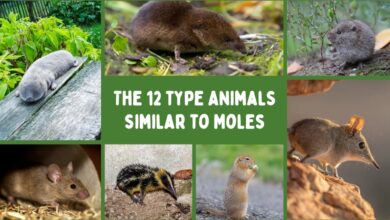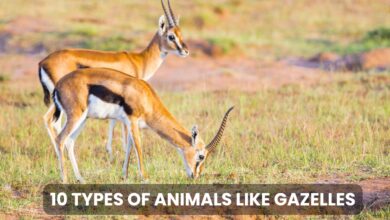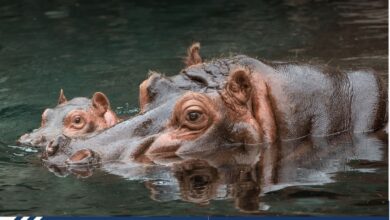7 types of animals similar to Armadillos
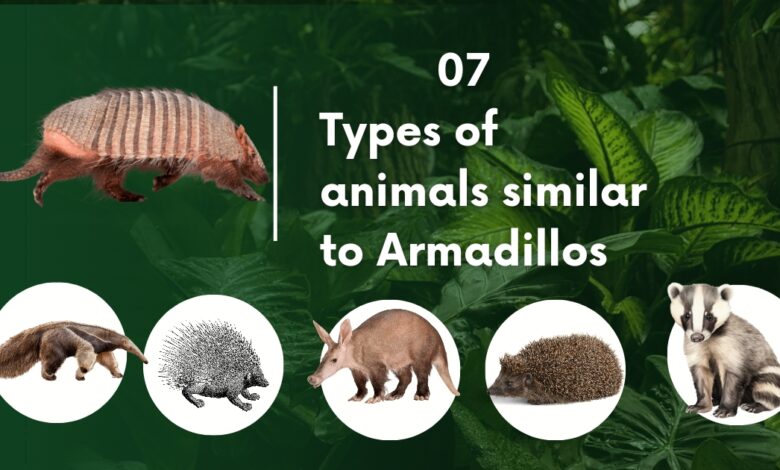
7 types of animals similar to Armadillos
Armadillos, native to South America, are petite terrestrial mammals renowned for their distinctive armor. This pliable armor grants some armadillos the ability to curl into a protective ball, concealing any exposed areas.
Comprising layers of keratin (similar to fingernails), skin, and bone plates, the armor of every armadillo is a unique construction. Typically, the bone plates interlock, providing a resilient yet flexible protective covering. With 21 surviving species distributed across 2 families, armadillos showcase remarkable diversity.
While the absence of protection on their sides renders them more vulnerable, their proximity to the ground reduces the need for extensive shielding. There are many different species with armadillos share resemblance but we are focusing on mammals.
1. Anteaters
Anteaters, a diverse group of mammals native to South America and the Caribbean, encompass four species distributed across three genera in the suborder Vermilingua. Remarkably, they are closely related to both tree sloths and armadillos, with anteaters serving as the closest living relatives to armadillos.
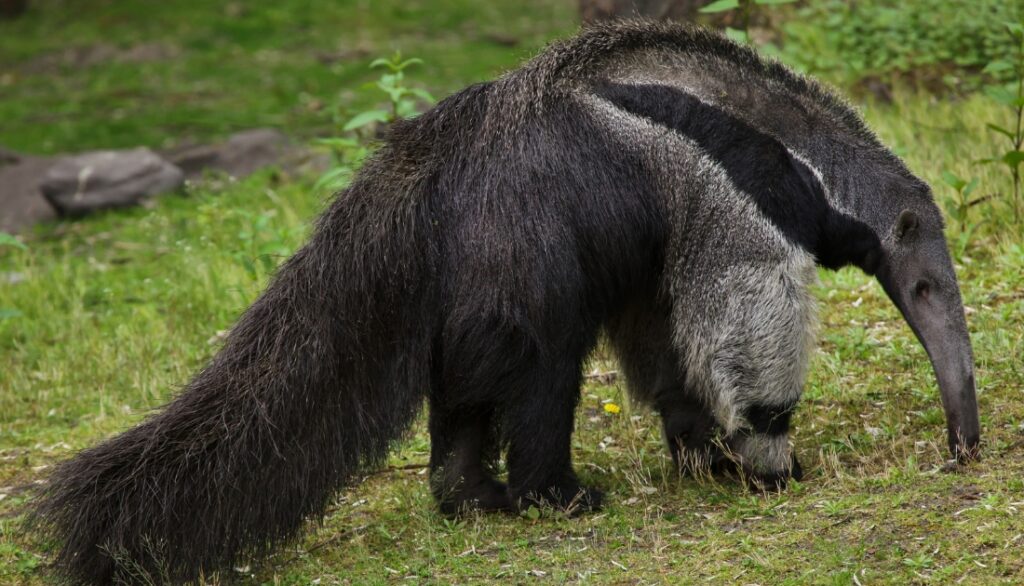
Ranging from the sizable giant anteater, which can attain lengths of 5’11” and weigh over 100 lbs, to the much smaller silky anteater, measuring about 14 inches in length and weighing less than a pound, the variety among anteater species is evident.
In contrast to armadillos, anteaters lack an armored covering. Instead, they sport a thick, shaggy coat of fur. However, akin to armadillos, anteaters feature long, curved claws primarily designed for digging. Given their reliance on insects and foraging for food, the presence of these specialized claws is well-adapted to their lifestyle.
2. Aardvarks
Aardvarks, nocturnal mammals native to Africa, share intriguing resemblances with armadillos despite their geographic separation. Both aardvarks and armadillos are part of a select group of mammals that have a keratinized outer covering, providing them with distinctive armor-like features.
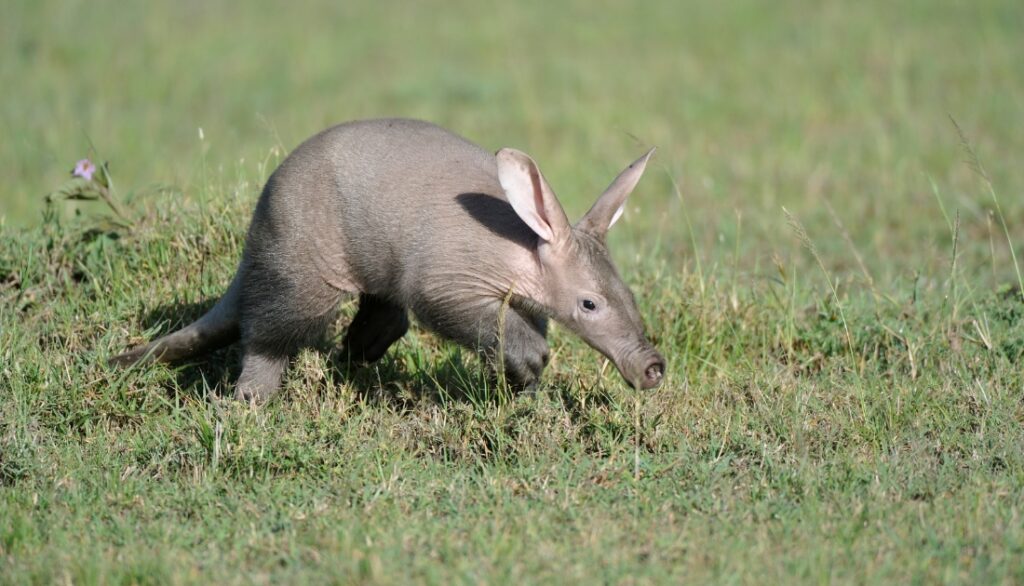
While armadillos boast a bony armor composed of layers of keratin, skin, and bone plates, aardvarks exhibit a tough, keratinized layer covering their bodies. This unique similarity in utilizing keratin for protection sets these two distinct species apart from many other mammals.
Furthermore, both aardvarks and armadillos employ long, sturdy claws adapted for digging. Aardvarks utilize these formidable claws to excavate burrows for shelter and forage for their primary diet of ants and termites. This shared characteristic of specialized claws for digging emphasizes the convergent evolution observed in these distant mammalian relatives.
See Also: Do whale shark have scale? (Real answer)
3. Pangolins
Pangolins, remarkable mammals native to Africa and Asia, share a distinctive trait with armadillos – they are the only mammals adorned with protective scales. Composed of a tough keratin layer, similar to fingernails, these scales provide a formidable shield for pangolins.
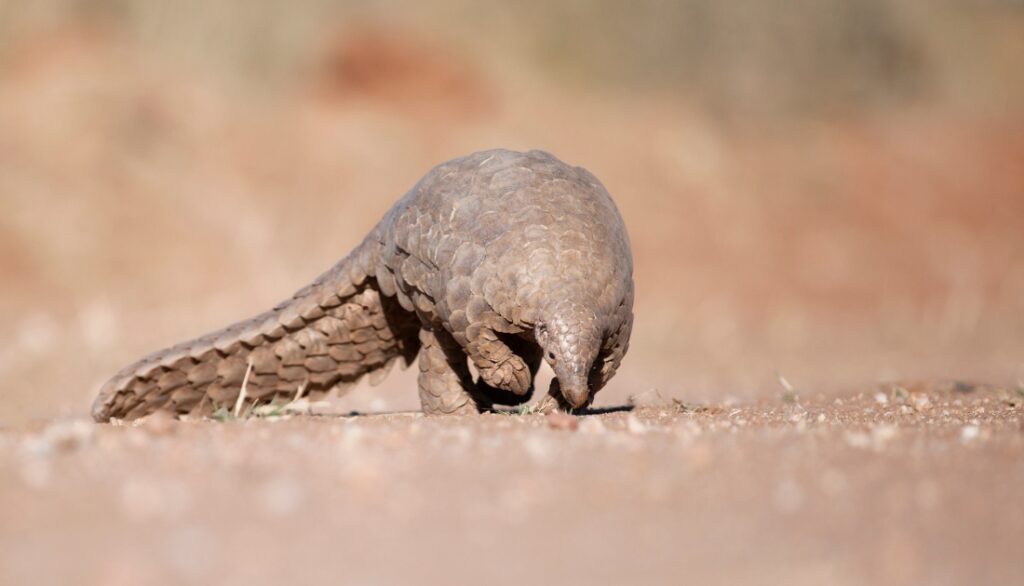
The scales, arranged in overlapping fashion, extend across the entire upper body and a substantial tail. Notably, pangolin scales exhibit a hard texture, offering a robust defense against potential threats. Interestingly, newborn pangolins initially have soft scales, which gradually harden over the first few days of life.
Much like armadillos, pangolins deploy a defensive strategy by curling into a protective ball when faced with danger. This instinctive behavior ensures that the overlapping scales provide comprehensive coverage, presenting an effective deterrent to potential predators.
4. Groundhogs
Groundhogs, also known as woodchucks, are North American rodents belonging to the marmot family. While they share the commonality of being mammals, groundhogs differ significantly from armadillos.
Groundhogs are renowned for their ability to hibernate during the winter months. Their hibernation period can last for several months, typically from October to March.
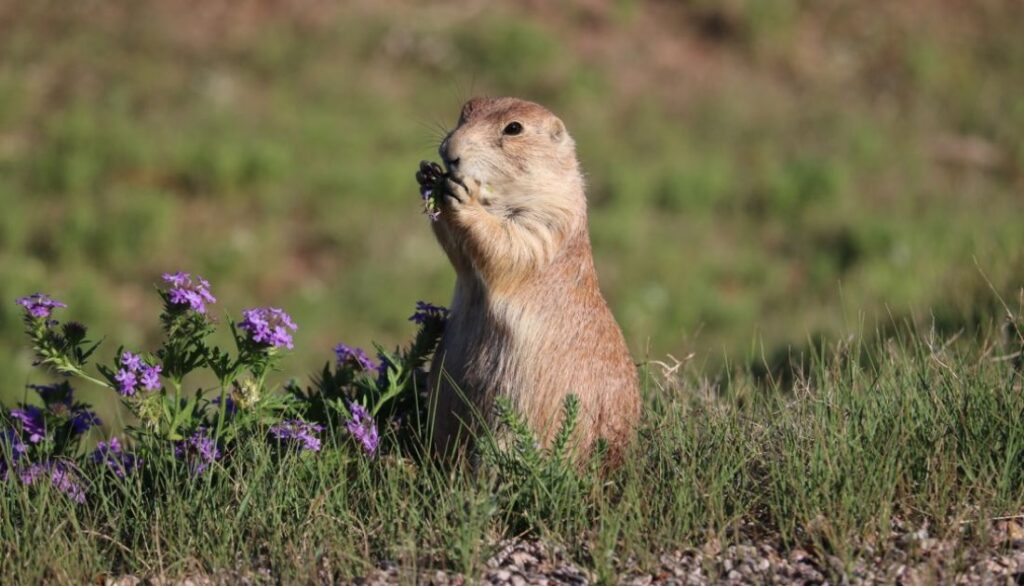
They are skilled diggers, creating intricate burrow systems with multiple entrances. These burrows serve as their homes and provide protection from predators.
Groundhogs are herbivores, primarily consuming vegetation such as grasses, leaves, and crops. Their feeding habits distinguish them from armadillos, which are insectivores. Groundhogs are diurnal, meaning they are active during the daytime. In contrast, armadillos are nocturnal, preferring nighttime activities.
Groundhogs exhibit territorial behavior, and each individual may have its own burrow. They are known for fiercely defending their territories, especially during the breeding season.
While both groundhogs and armadillos fall under the category of mammals, their distinct behaviors, dietary preferences, and habitats highlight their unique evolutionary adaptations. Unlike armadillos, groundhogs are hibernators, skilled burrowers, herbivores, diurnal creatures, and territorial beings.
5. Porcupines
Porcupines, known for their protective outer layer of keratin quills, share similarities with armadillos in their defensive strategies. Like armadillos, porcupines have evolved to curl into a ball when threatened, presenting their quills as a deterrent to potential predators.
All porcupine species utilize their quills as a primary defense mechanism. They also engage in displays by raising their quills to appear more imposing. Additionally, porcupines emit a strong odor, reminiscent of skunks, as a further deterrent to predators.
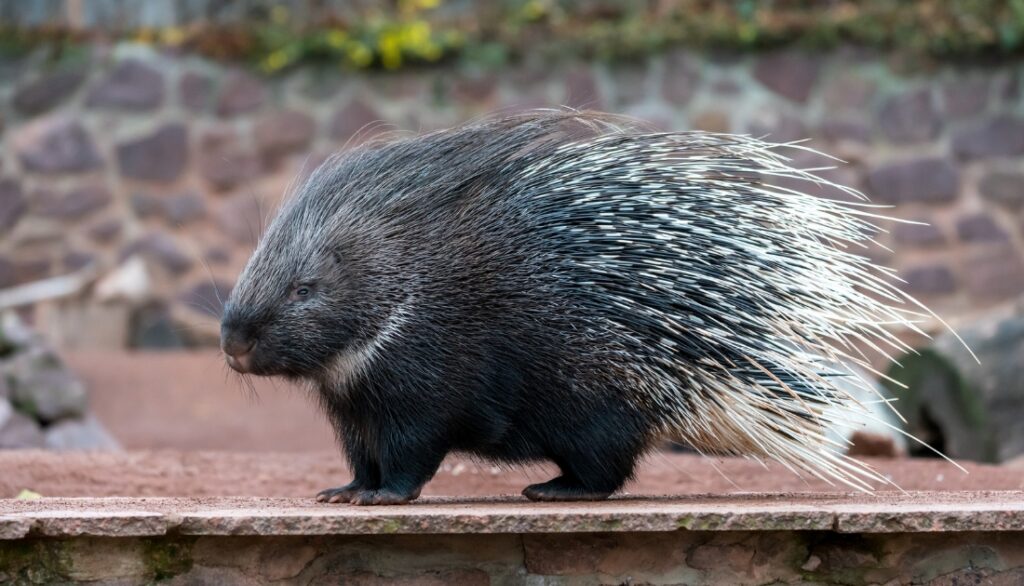
Despite being more aggressive compared to other species, porcupines rely on their keratin outer covering for protection, echoing the defensive strategy seen in armadillos. Furthermore, when threatened, porcupines may resort to running sideways or backwards into the predator, using their spines to ward off attacks.
6. Hedgehogs
Hedgehogs, renowned for their small and adorable appearance, have gained popularity as pets, although their importation is often restricted due to their invasive nature. While not native to the Americas, hedgehogs are found in various regions worldwide, except North, Central, and South America, Australia, and Antarctica. They are also considered invasive in New Zealand.
Comprising 17 species, hedgehogs exhibit diversity in their appearances, with most being brown, but variations include white hedgehogs and those with large or long ears. Similar to armadillos, hedgehogs rely on an outer layer of keratin for protection against predators, manifesting in the form of dense bristles or spines.
7. Badgers
Badgers, known for their distinctive appearance and burrowing habits, share some characteristics with armadillos. Both badgers and armadillos have strong, digging claws adapted for excavating burrows or searching for food underground.
Badgers belong to the Mustelidae family, and there are various species, such as the American badger and the European badger. They are characterized by their stocky bodies, short legs, and powerful forelimbs, allowing them to be adept diggers.
Similar to armadillos, badgers can use their claws for defense, especially when cornered. They may stand their ground and employ their sharp claws to fend off potential threats, displaying a level of aggression when needed.
